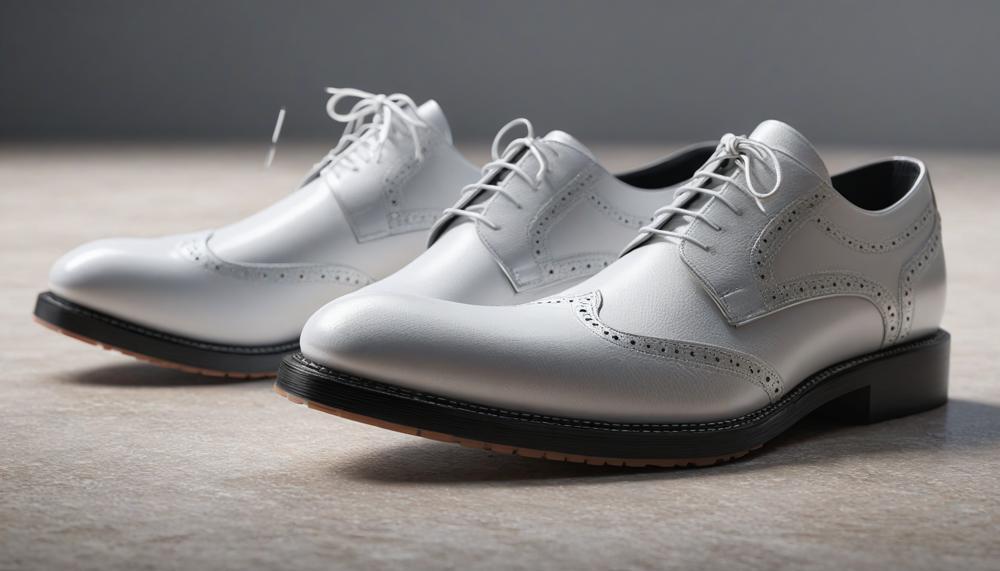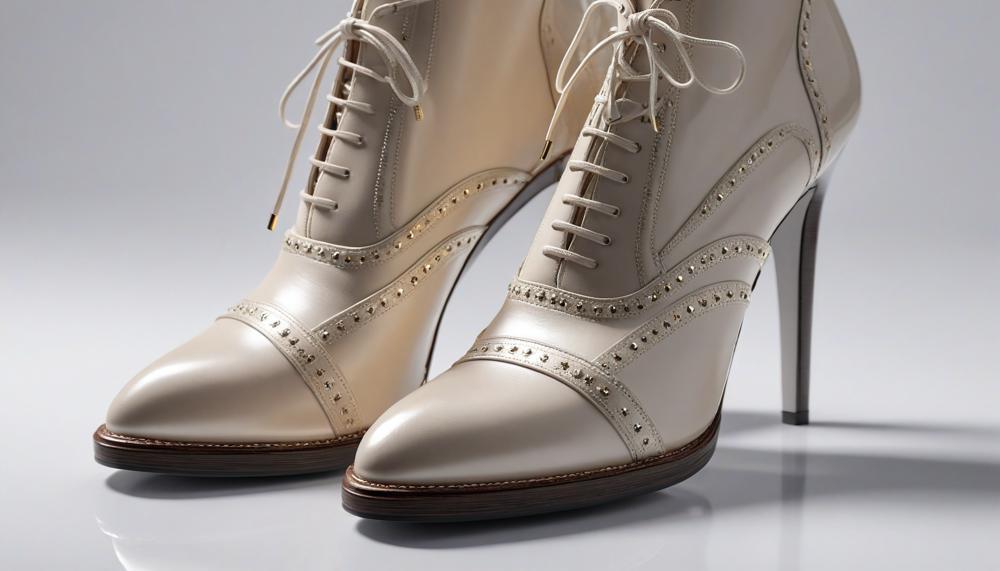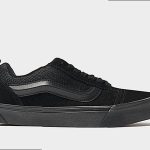Ensuring your shoes are non-slip at work isn’t just a matter of comfort—it’s a critical safety concern. Slips, trips, and falls account for a significant number of workplace accidents annually, and having the right footwear can dramatically reduce your risk.
Whether you’re navigating slick office floors or rugged outdoor work sites, there are practical and easy methods to enhance your shoe’s grip, helping you stay safe and confident on your feet.
Here are the key points to consider for making your shoes non-slip:
- Surface Scuffing: Rubbing the bottoms of new shoes against abrasive surfaces like concrete can naturally increase their grip.
- Grip Enhancements: Applying adhesive pads made of rubber or gritty material can provide immediate traction.
- Temporary Fixes: Spraying a light coat of hairspray on the soles can offer a quick grip boost, though it’s less effective in wet conditions.
- DIY Mixtures: Creating a mixture of salt and rubber glue can roughen the soles for better traction, especially on wet surfaces.
- Adaptations for Different Shoes: Techniques vary; for example, heels might require grip pads on the forefoot and something more robust like hot glue on the heel.
- Regular Maintenance: Even shoes with inherently good traction, like rubber-soled work shoes, can lose their grip over time and may need enhancements like sanding or additional grip applications.
Stay tuned as we delve deeper into each method, providing you with step-by-step guides on how to make your work shoes safer. Whether you’re in a kitchen, a hospital, or trekking across construction sites, these tips will help ensure that you’re as stable on your feet as possible.
Tips and DIY Methods to make non-slip shoes
Contents
Creating non-slip shoes can be crucial for safety and comfort. Here are practical DIY methods to enhance the grip of your footwear:
- Scuffing the Soles: Roughen new shoe soles by scuffing them against abrasive surfaces like concrete or gravel. This is a straightforward way to immediately improve traction.
- Adhesive Grip Pads: Apply rubber or gritty grip pads to the outsole. These pads are easy to stick on, effective, and do not damage the shoe material.
- Sandpaper: For a more hands-on approach, use coarse sandpaper to manually roughen smooth soles, adding much-needed texture for better grip.
- Anti-Slip Sprays and Paints: These products can be sprayed or painted onto the soles to create a textured, non-slip surface. They’re particularly useful for shoes that face frequent exposure to slick conditions.
- Silicone Sealant: Apply a thin layer of silicone sealant to the soles. Once dry, it provides a durable and waterproof non-slip surface.
- DIY Traction Mixture: Mix rubber glue with a little salt or fine sand. Apply this mixture to the shoe soles for a homemade gritty finish that enhances grip, especially useful in wet conditions.
- Hot Glue Patterns: For an easy home fix, apply hot glue in patterns across the soles. Once the glue dries, it acts as a grippy surface.
- Hairspray: A quick, albeit temporary, solution is to spray hairspray on the soles of the shoes. This method increases friction but may need frequent reapplication and is less effective in wet conditions.
More Tips on How to Make Non-Slip Shoes
To improve the slip resistance of your shoes without resorting to store-bought products, you can employ various DIY methods that are both effective and straightforward.

These techniques utilize common household items or simple actions to enhance traction, making your shoes safer on slippery surfaces. Here’s a detailed guide on how to do it:
Scuff the Soles
By scuffing the outsoles of your shoes on abrasive surfaces such as concrete or gravel, you create small grooves that help increase grip.
DIY Grip Pads
Create homemade grip pads using materials like felt or rubber, cut to size, and then glued to the bottom of your shoes.
Hairspray
Spraying a light coat of hairspray on the soles can make them tackier, though this method is less effective in wet conditions and should be reapplied regularly.
Salt and Rubber Glue Mixture
Mix salt with rubber glue and apply it to the soles to roughen them, enhancing traction especially on wet surfaces.
Hot Glue Patterns
Use a hot glue gun to apply patterns such as dots or lines on the soles of slippers or casual shoes for improved grip.
Sandpaper
For a more permanent solution, gently rub sandpaper over the soles to roughen them, which is particularly useful for smoother soles like those on dress shoes or tennis shoes.
Conclusion
In today’s fast-paced work environments, ensuring your shoes are non-slip isn’t just about comfort—it’s a safety imperative. With numerous methods at your disposal, creating safer work footwear is simpler and more accessible than ever. From scuffing soles against concrete to enhance natural traction to applying innovative DIY mixtures like salt and rubber glue for a rugged finish, each technique offers a unique solution tailored to diverse work conditions.
Applying adhesive grip pads provides an immediate, easy fix, while more creative approaches, such as hot glue patterns, offer a personalized touch to slip-resistance. Even temporary solutions like hairspray can make a difference in a pinch, proving that effective slip prevention doesn’t have to be costly or time-consuming.
Regularly maintaining the traction of your footwear is crucial, as even the best methods can degrade over time. By employing these practical tips, you ensure not only your stability on various surfaces but also significantly reduce the risk of accidents. So, whether you’re gliding across hospital hallways or navigating slippery industrial floors, transforming your regular shoes into non-slip gear is an essential step toward a safer workplace.






